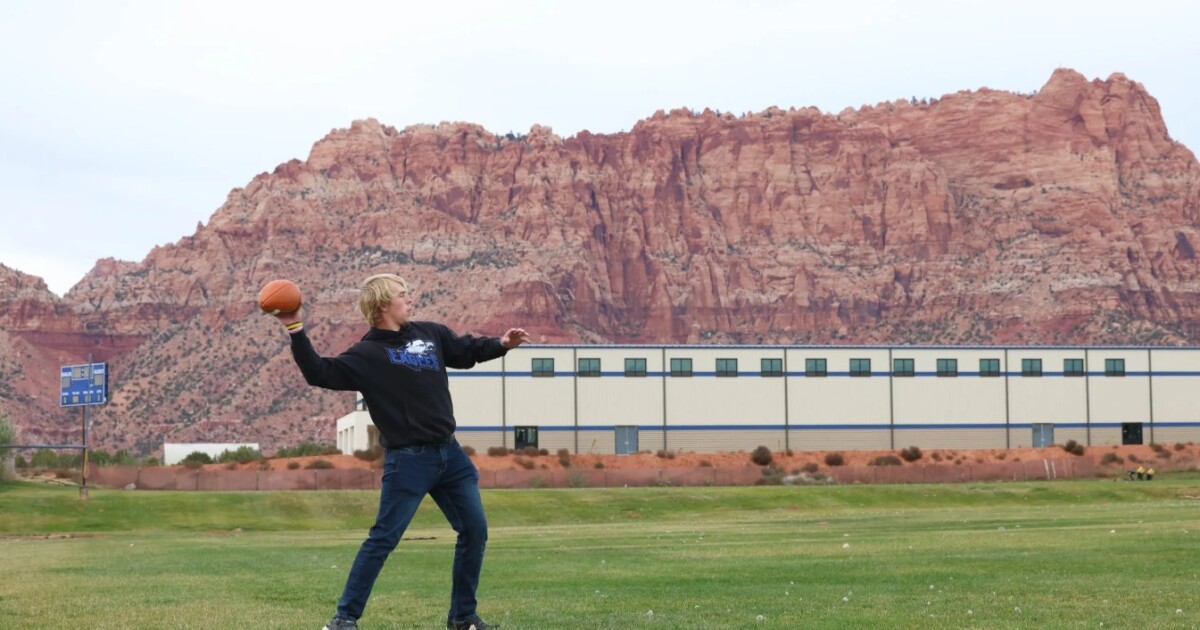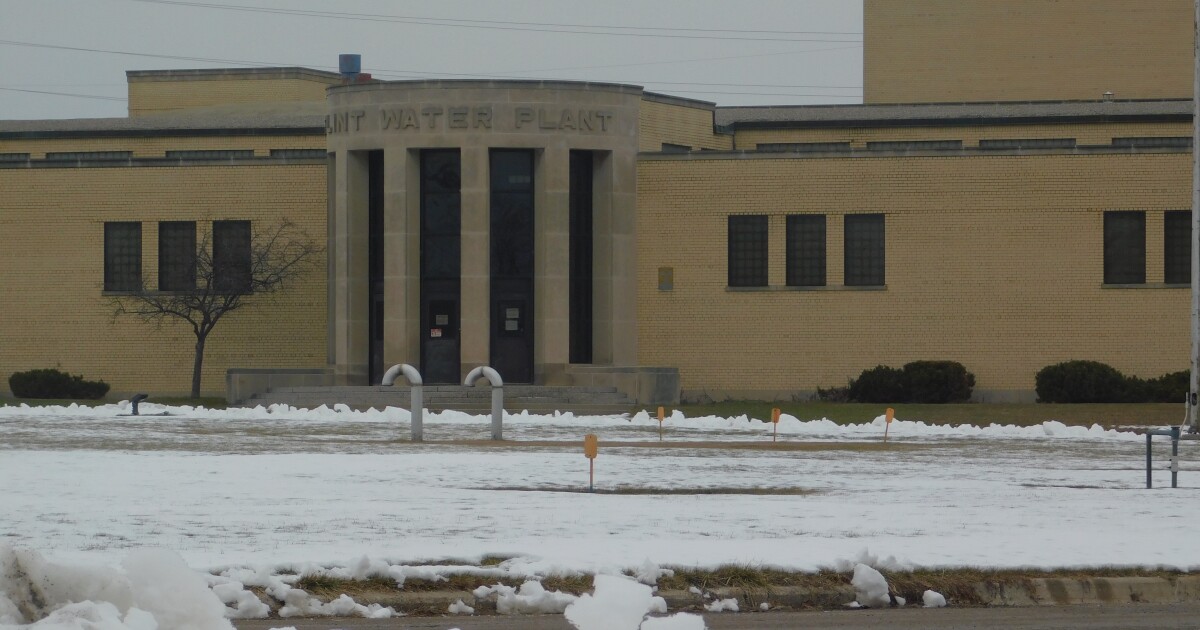Concerns are rising among environmental advocates regarding the future of the Glen Canyon Dam, as recent forecasts indicate a possible crisis. The U.S. Bureau of Reclamation’s (USBR) latest 24-month outlook has sparked calls for immediate action.
Projections suggest that Lake Powell’s water level could fall to 3,538.47 feet by January 2026, perilously close to the “minimum power pool” threshold required for hydropower generation at the dam. “This underscores the importance of immediate action to secure the future of the Colorado River,” emphasized USBR’s Acting Commissioner David Palumbo. He highlighted the need for sustainable guidelines to address ongoing drought conditions affecting over 40 million people.
The study also warns of potential declines below the minimum power pool by November 2026, posing significant challenges for water management. The Glen Canyon Institute and Utah Rivers Council have expressed concerns about the dam’s ability to release water effectively if levels drop to or below 3,490 feet, as current infrastructure is inadequate for such conditions.
“For too long, the decision makers of the Colorado River have avoided the elephant in the room: Glen Canyon Dam,” stated Eric Balken, executive director of Glen Canyon Institute. He advocates for bypassing the dam to maintain river operations at low levels.
Negotiations among the seven states dependent on the Colorado River are ongoing to establish a new water-sharing agreement, with the current one set to expire at the close of 2026. Zach Frankel of the Utah Rivers Council pointed out, “This forecast makes clear that no matter what is agreed to in the interim guideline negotiating room, the plumbing problems at Glen Canyon Dam won’t be solved.”
The USBR has planned a release of 7.48 million acre-feet of water from the dam in the 2026 water year, subject to change based on hydrologic conditions. Scott Cameron of the U.S. Interior Department has urged the Colorado River Basin states to finalize an operations plan by mid-November and a comprehensive agreement by summer 2026, stressing, “The health of the Colorado River system and the livelihoods that depend on it are relying on our ability to collaborate effectively and craft forward-thinking solutions that prioritize conservation, efficiency, and resilience.”
—
Read More Arizona News










